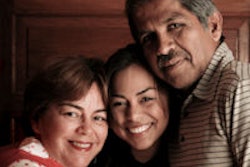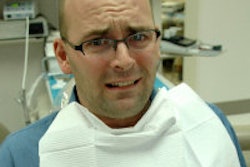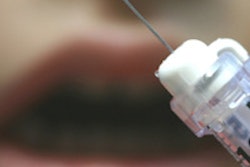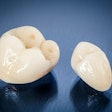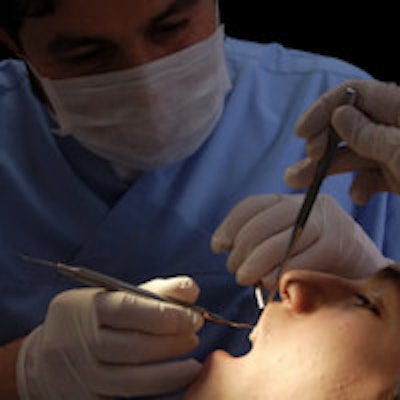
Dental students identified permanent teeth more quickly and accurately using the Universal Numbering System than the Fédération Dentaire Internationale (FDI) numbering system in a new study. Researchers suggest that switching to one system may be able to decrease the number of procedures done at the wrong site.
The study, which was presented as an e-poster presentation at the recent American Association of Oral and Maxillofacial Surgeons (AAOMS) meeting, looked at how quickly and accurately dental students were able to identify a specific tooth using the pediatric and permanent versions of both numbering systems. Lead researcher Ariel Farahi, MPH, a dental student at the University of Pennsylvania School of Dental Medicine, and colleagues found that for permanent teeth, the Universal Numbering System was significantly better -- but the results are not clinically relevant just yet.
"We found that while the Universal Numbering System was found to have greater accuracy than the International Numbering System, there was not a clinically significant finding that would warrant us to encourage the dental field to choose one system over the other," Farahi said in an interview with DrBicuspid.com. "More studies need to be done in order to see if this is warranted."
Testing students
Wrong-site procedures not only exist but are actually increasing, which is an obvious problem, according to the presentaiton. When a procedure is performed on the wrong tooth or section, it can result in wasted time, production dollars, and serious legal complications.
To see if one numbering system is inherently easiest, the researchers tested 111 first-year dental students at Penn Dental Medicine to see if they made fewer mistakes with one numbering system. The researchers specifically chose dental students to help prevent bias, Farahi said.
"Doing this test on dentists who have been practicing for a while would introduce more sources of bias to the study," he said. "Dentists who have been practicing for a number of years are already programmed to use their numbering system, which they have used for years, and will intuitively have faster times and greater accuracies using the system they are used to."
Each student watched two video tutorials: one on the primary dentition and one on the permanent dentition. Each video contained diagrams that explained the Universal Numbering System and the FDI system. After watching the videos, the students answered two types of questions that simulated sending out and interpreting a referral, like in clinical practice.
The researchers found that the students identified teeth significantly faster and more accurately with the permanent Universal Numbering System than the permanent FDI system. The difference in accuracy may be because the Universal Numbering System has one less number to get wrong, Farahi explained.
"The Universal Numbering System is one sequential number, whereas the [FDI system] is essentially two numbers in one (a quadrant number, and a tooth number)," Farahi and colleagues wrote in the e-poster. "Therefore, it is more likely that an error will be made in accounting for two aspects, rather than one."
The same did not hold true, however, for the pediatric systems. While the students still performed more accurately and faster with the Universal Numbering System, the results were not statistically significant.
"For pediatric dentition, the Universal Numbering System is from 'a' through 't' instead of 1 to 32. ... It is not as intuitive to know that, for example, tooth number J is the 10th tooth," Farahi said. "For this reason, students taking the survey were more prone to error and took a longer period of time to complete the answers."
Preventing wrong-site procedures
For the study, the test was performed in a U.S. dental school in one city, so the results may not apply to international dental schools or even other schools in the U.S. Thus, the results of this one study are not enough to suggest a change to clinical practice. In addition, the study did not include the Palmer notation numbering system, which Farahi said was because the dental industry is moving toward digital charting.
"In five to 10 years, I will surprised if there are any practices who are still using paper charts," he said. "We felt that the Palmer system does not have a reliable method for using digital charting on a standardized keyboard, and, thus, did not think it would be practical for use in the future field of dentistry."
Regardless, the authors still demonstrated that wrong-site procedures may occur when a clinician misinterprets a referral that uses a different numbering system and that using one numbering system may decrease the prevalence of wrong-site procedures. Farahi and his colleagues are continuing to analyze their findings before submitting their final paper to journals. He hopes that others will research numbering systems and continue to do studies.
"The biggest takeaway is that while we have not definitively found one [numbering system to be] clinically significant over the other, communication is key in the referral of a procedure from one practitioner to another," he said. "Make sure to verify the tooth that the procedure should be done on in more than one way -- not just saying the tooth number. One can mark the tooth on the referring radiographic, take an image with an intraoral camera, etc."





